By Steve Meyer || A major hardware cost in control systems is that for inputs and outputs. Devising the most suitable arrangement of I/O takes creation of an I/O map. Then grouping I/Os by location helps engineers identify packaging needed to deploy hardware correctly. One caveat: Unless one is using new breeds of design software, mapping and grouping the design of I/Os doesn’t generate a BOM for purchasing, so be careful to make one upfront.
In addition, sometimes the cost of deploying I/O hardware is greater than the cost of the hardware itself. That’s because the cost for I/O has continually declined over time. PLC and I/O makers have advanced the technology and created ever-denser packaging. What’s more, the ease of servicing for the highest-density modules may make the cost tradeoff an unimportant issue.
The cost of packaging I/O for metal enclosures has increased, so more vendors than ever now offer package options suited to difficult environments — with some I/O suppliers selling optically isolated modules for explosion-proof designs, for example. This level of packaging and relatively low pricing make fully distributed I/O feasible for a lot of applications.
Leading trend in I/O: Ethernet
Today’s control system technology is currently dominated by Ethernet as a growing pseudo-standard for all system-interface types. Small Ethernet gateway modules enable highly distributed control systems with low-cost wiring and connectors and increasingly higher speed. Some vendors even support Ethernet with Precision Time Protocol, also known as IEEE1588. In large material-handling systems such as consumer-product distribution centers and airport baggage handling, Ethernet offers solid communication speed, cost, and simplicity.
The other big advantage of Ethernet for I/O networks is the ability to mix and match I/O products from multiple vendors. List all the I/O requirements by group such as digital I/O and analog I/O. For each category, list required specifications — remembering that high-analog resolution comes at a premium. Here it’s best to know what resolution and how many points an application needs. For discrete I/O, be sure to separate inputs and outputs and low power from high power. Ensure power loads and circuit protection are appropriately used. Otherwise, the system will have trouble. Case in point: Solenoids exhibit field-collapse spikes that can (without proper suppression) destroy I/O transistors.
There are myriad I/O options that use epoxy-potted I/O termination blocks, overmolded cordsets, and multi-pin connectors. I/O modules incorporating these forms are well engineered and withstand moisture, washdown, and aggressive chemicals. Many such modules also use LED annunciators to simplify diagnostics. Upfront cost may be higher, but these systems setup quickly.

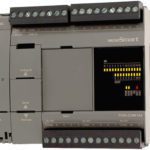
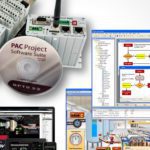
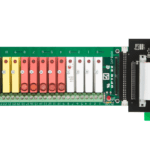
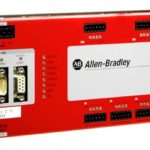
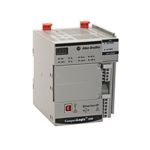

Leave a Reply
You must be logged in to post a comment.